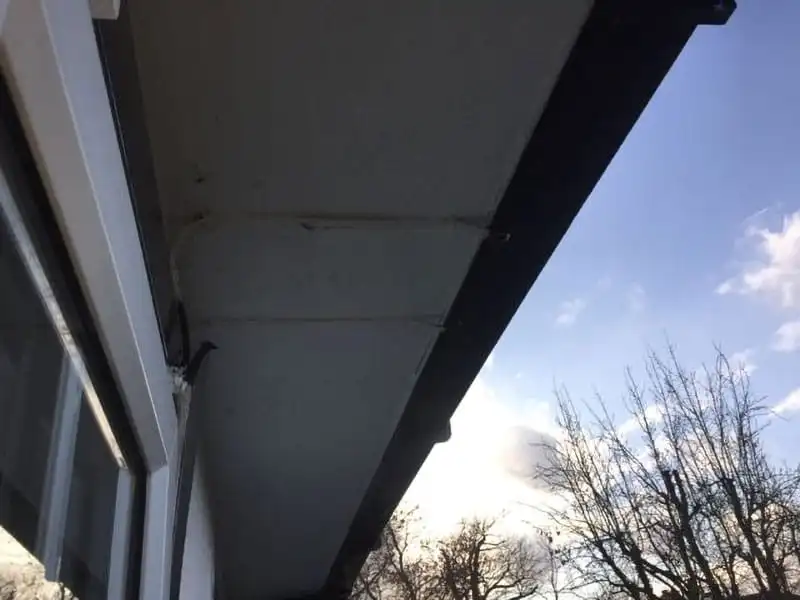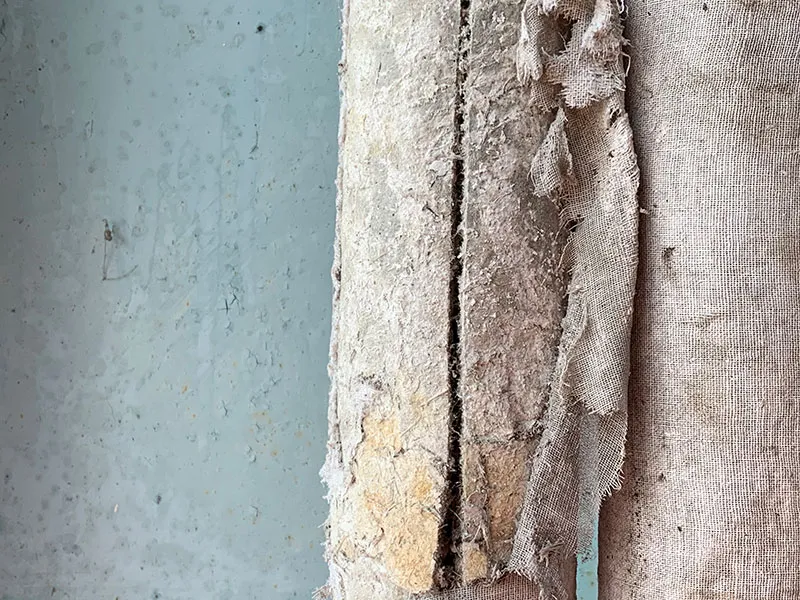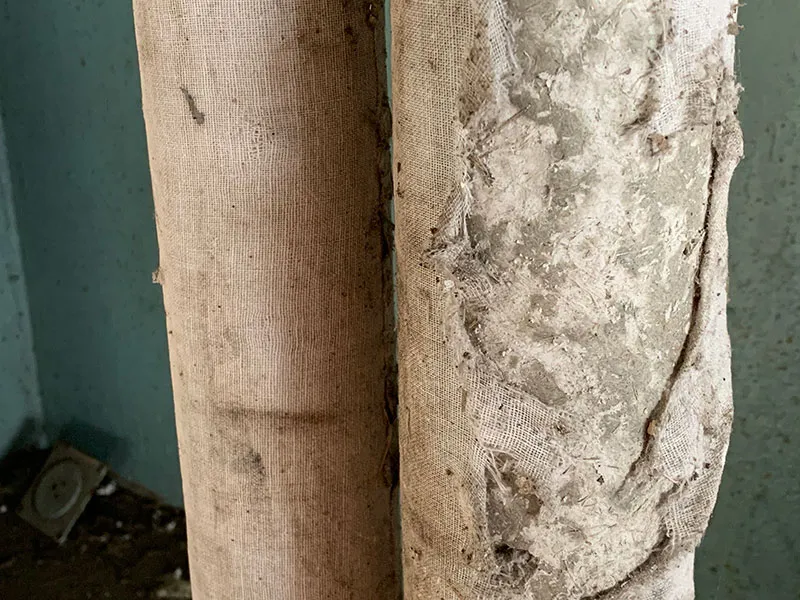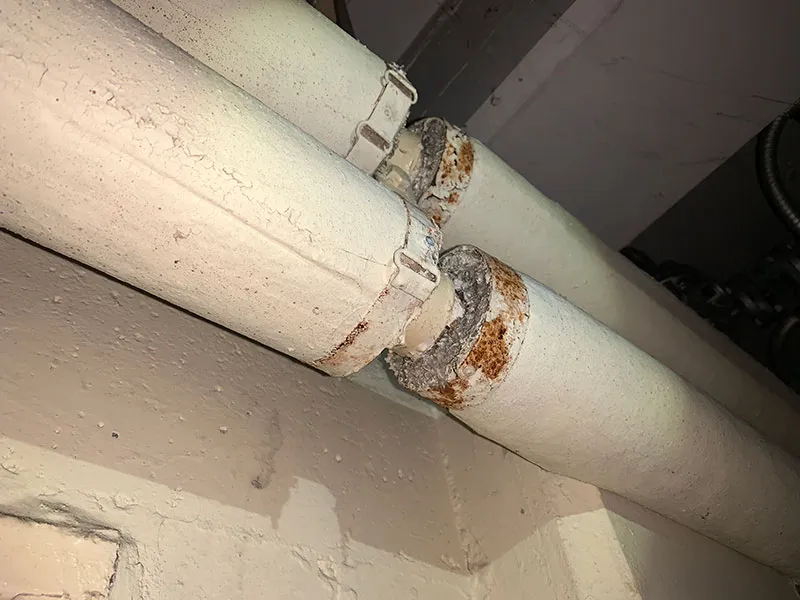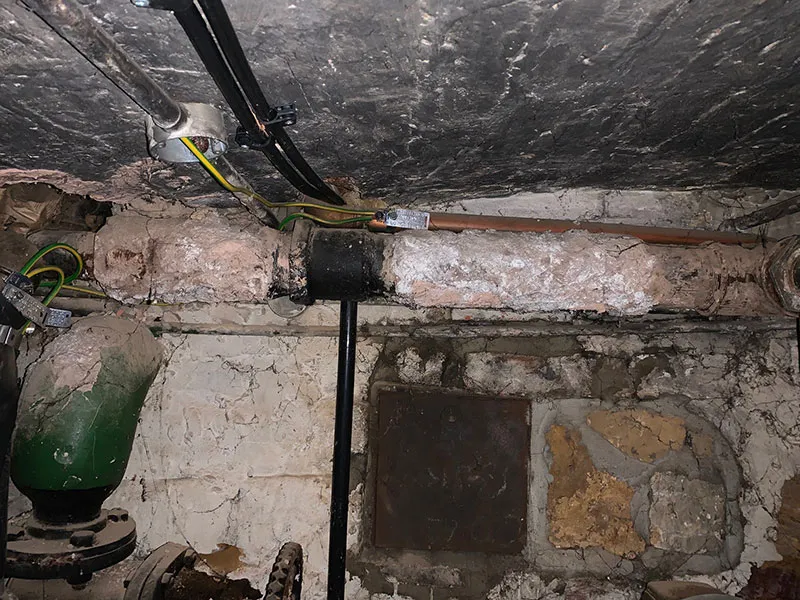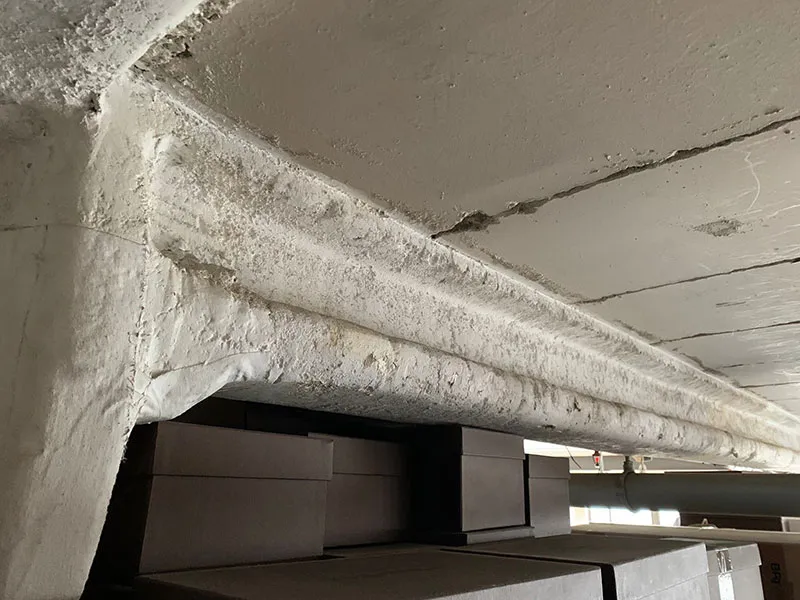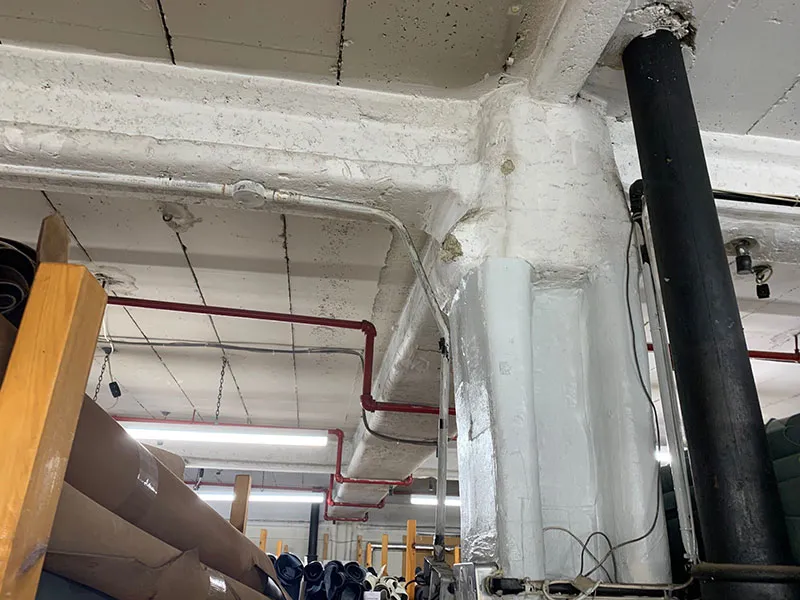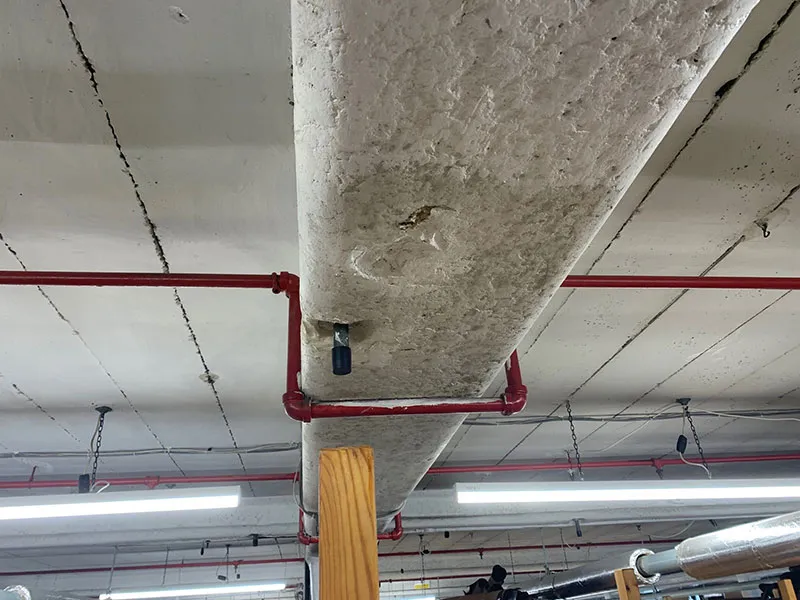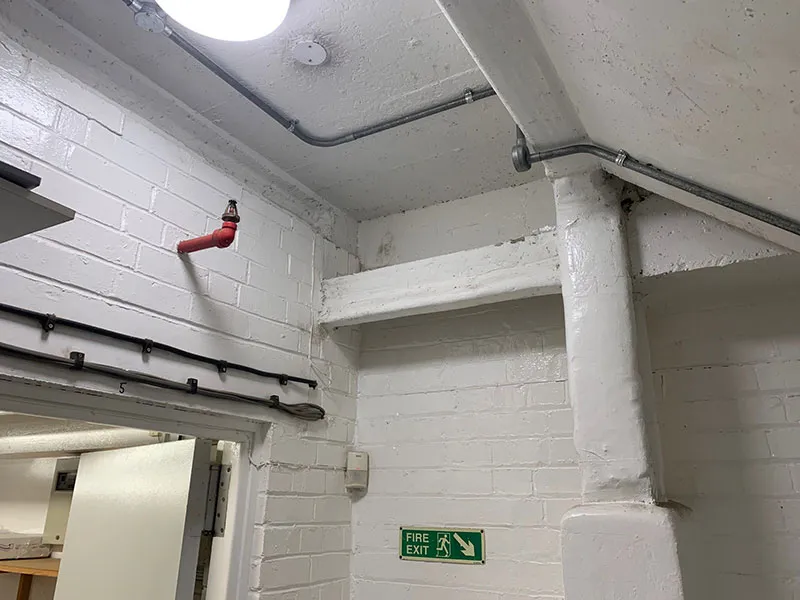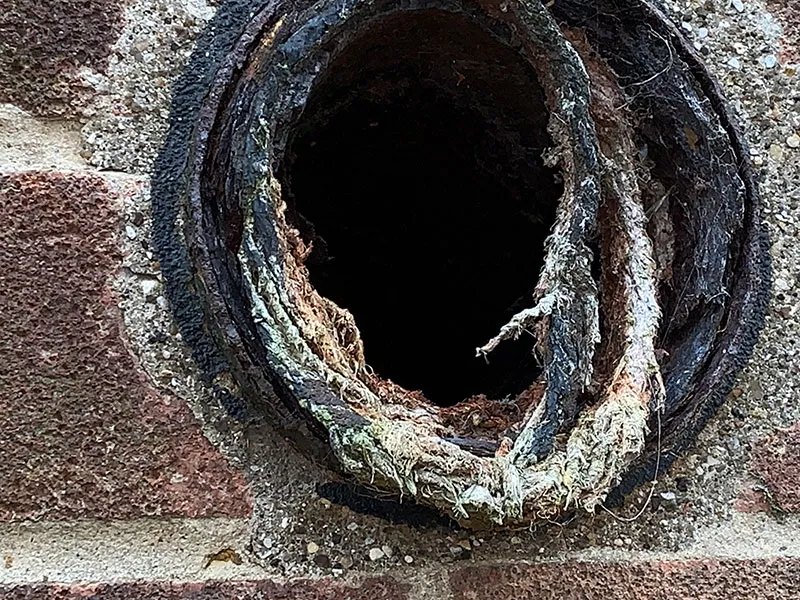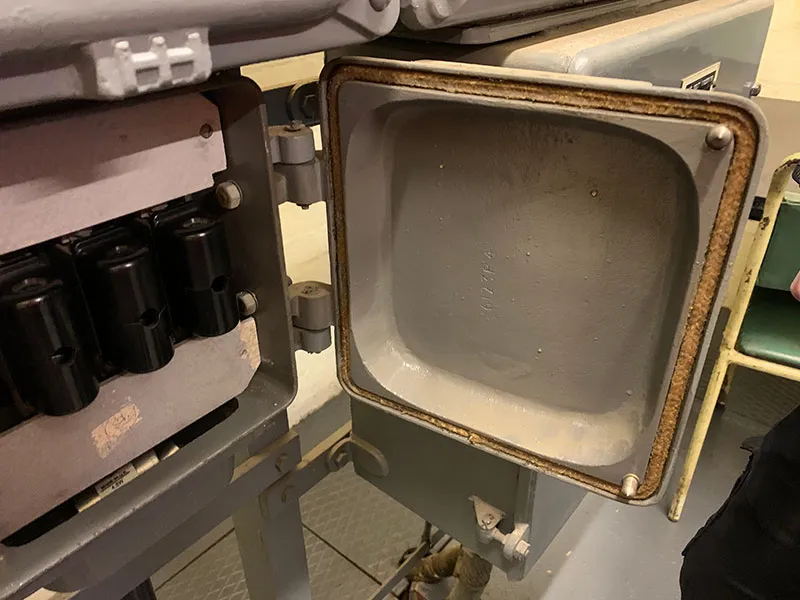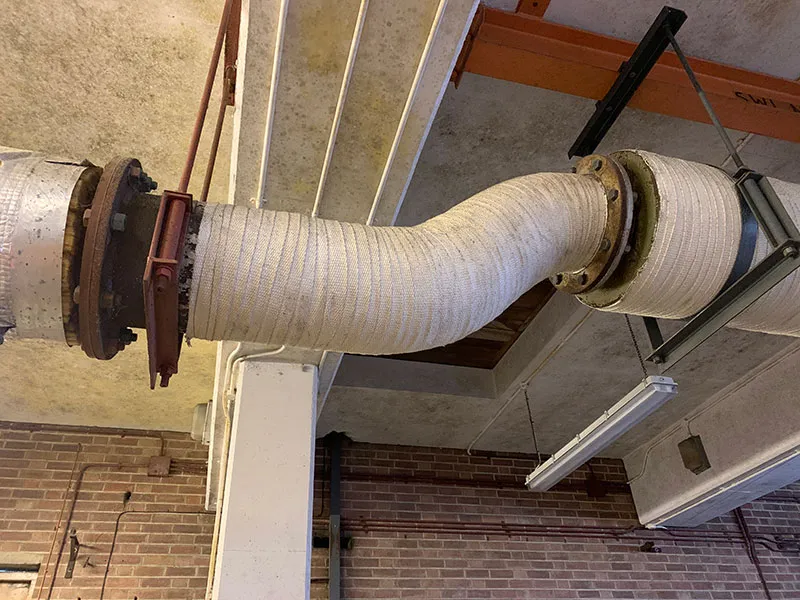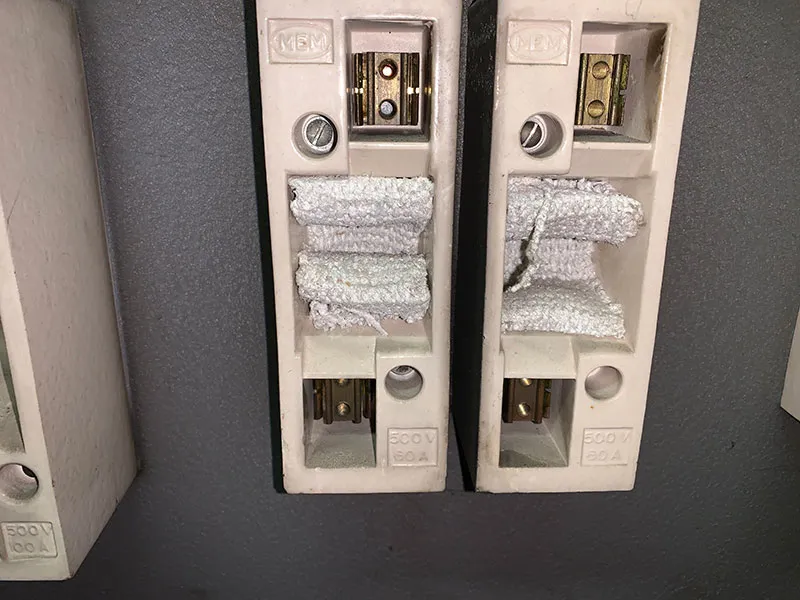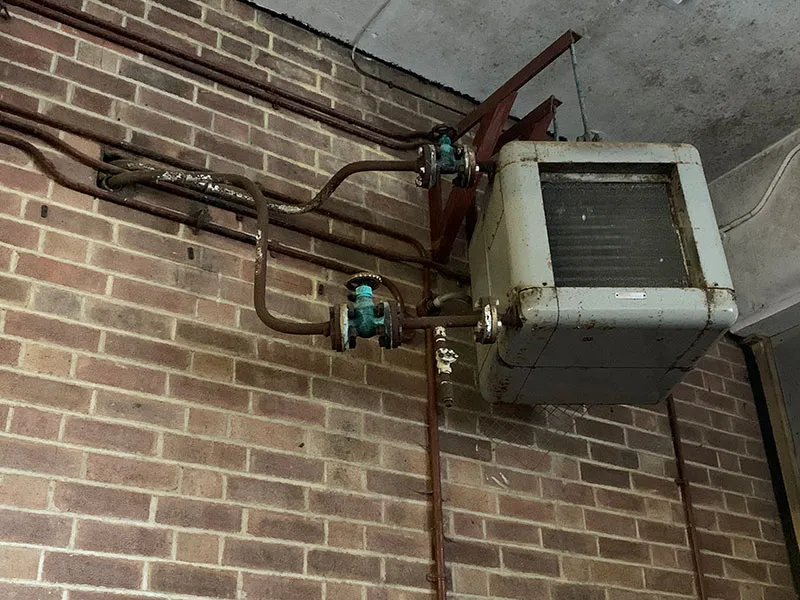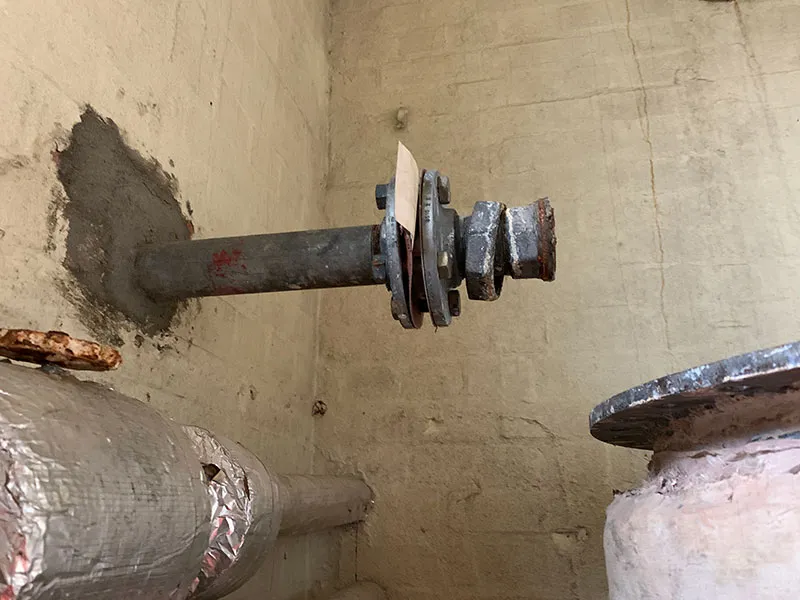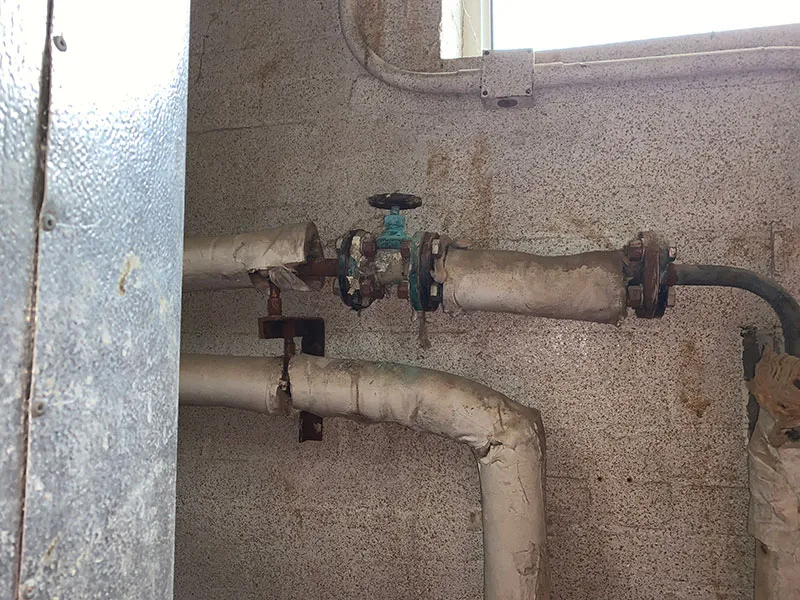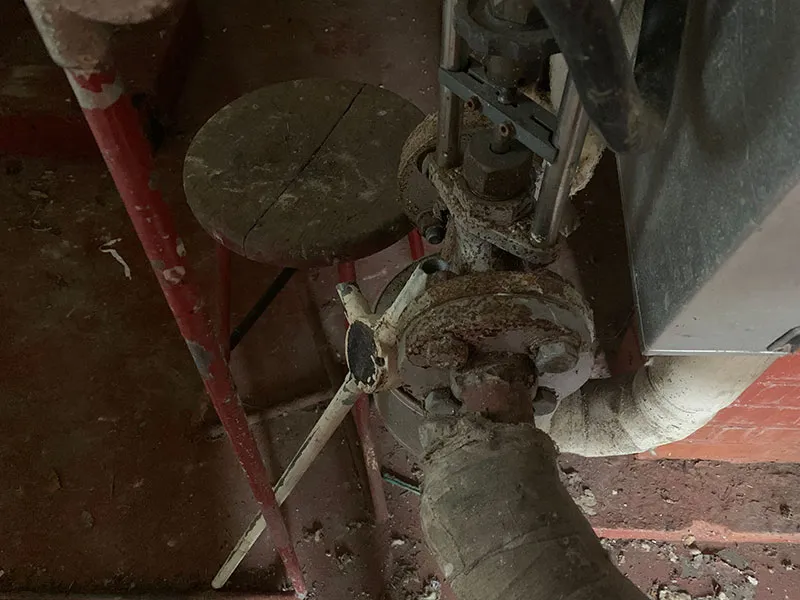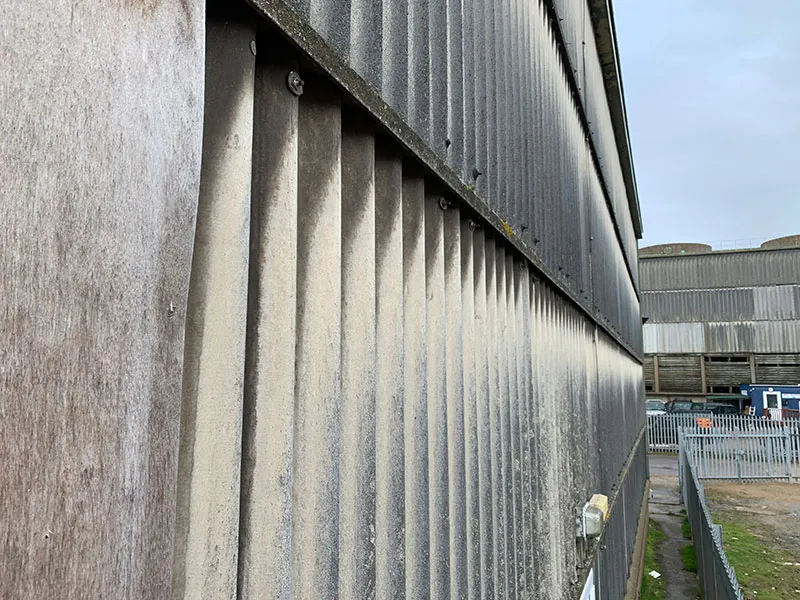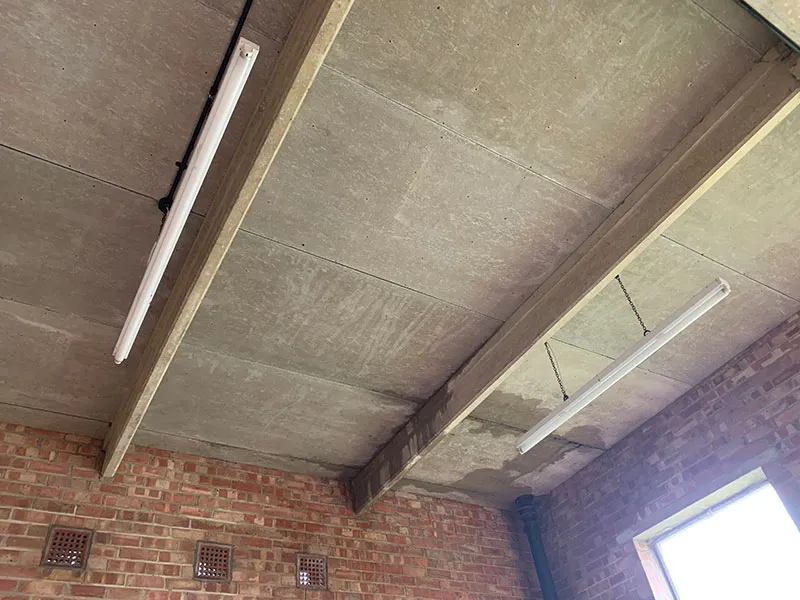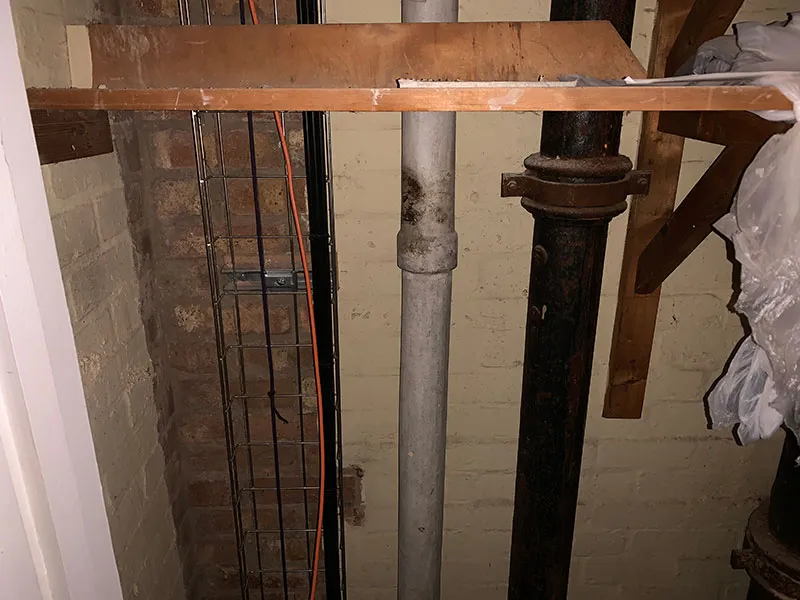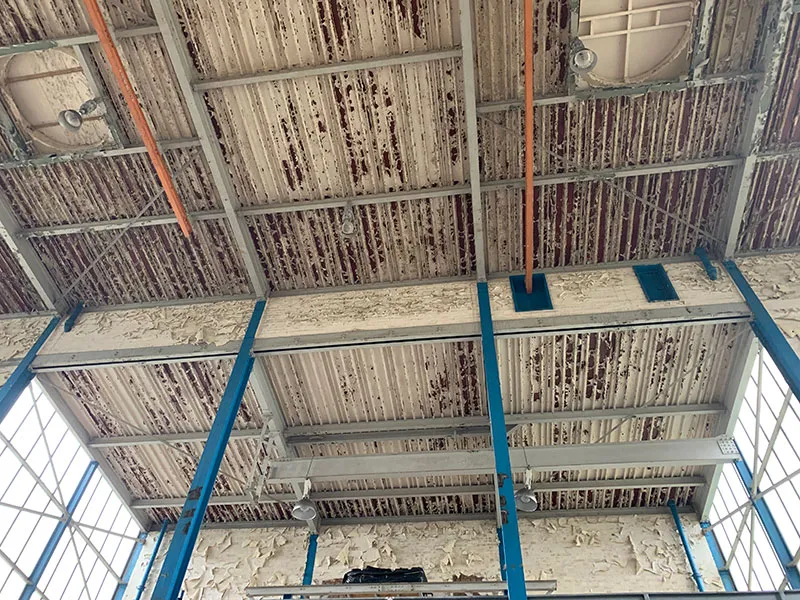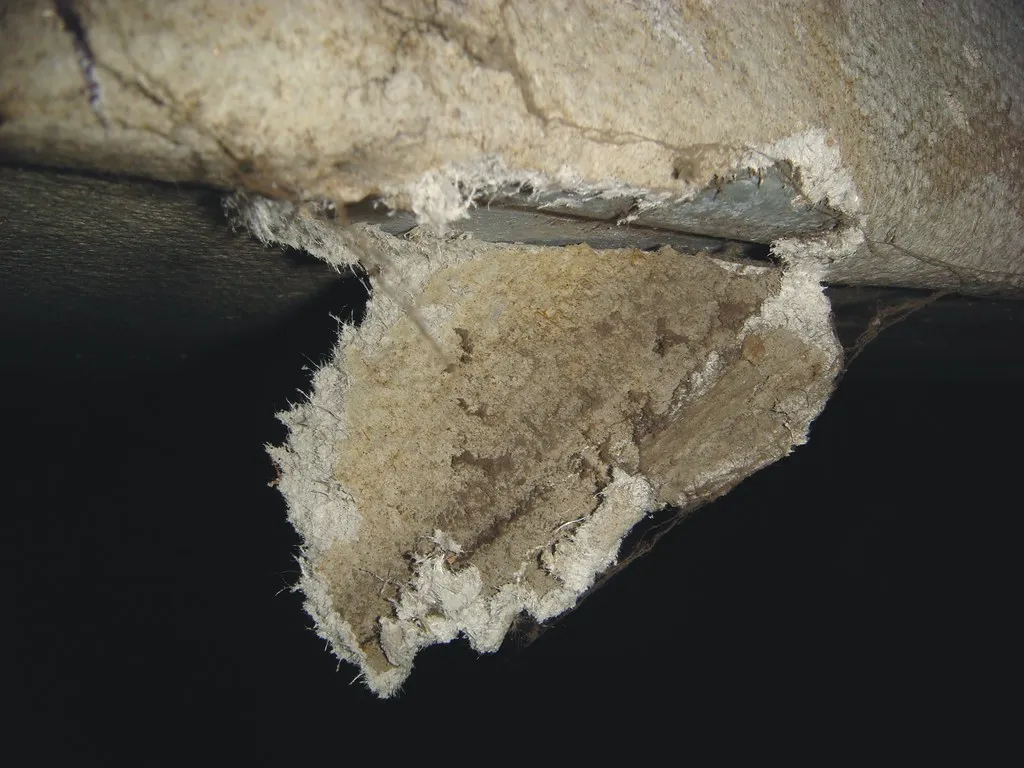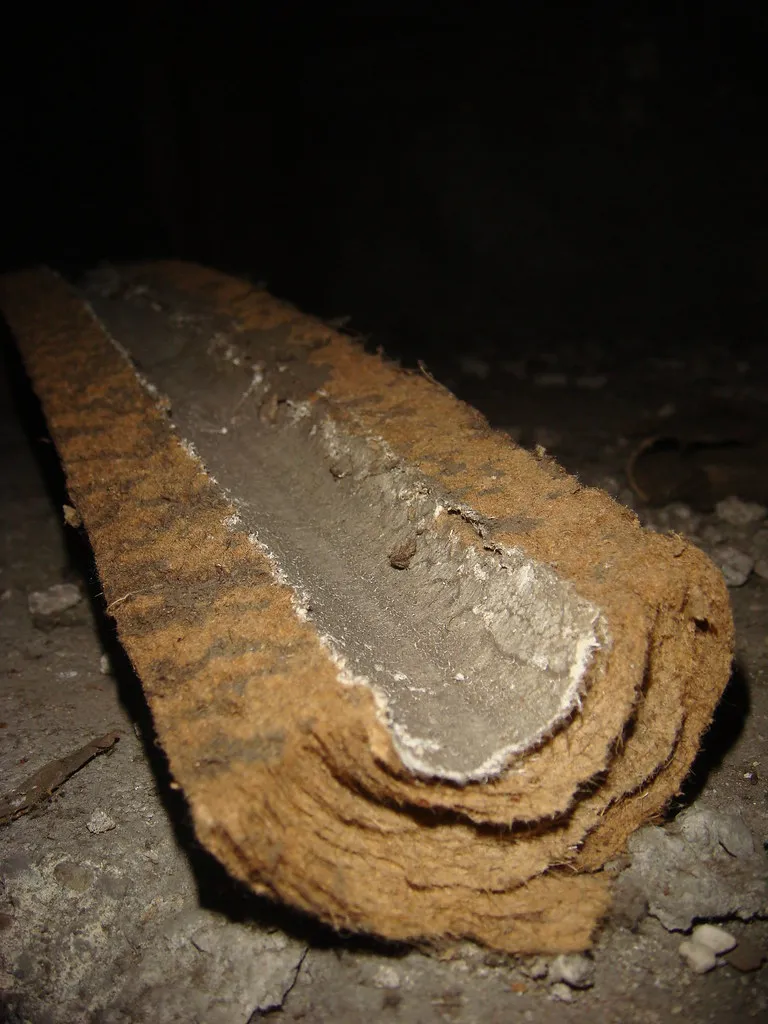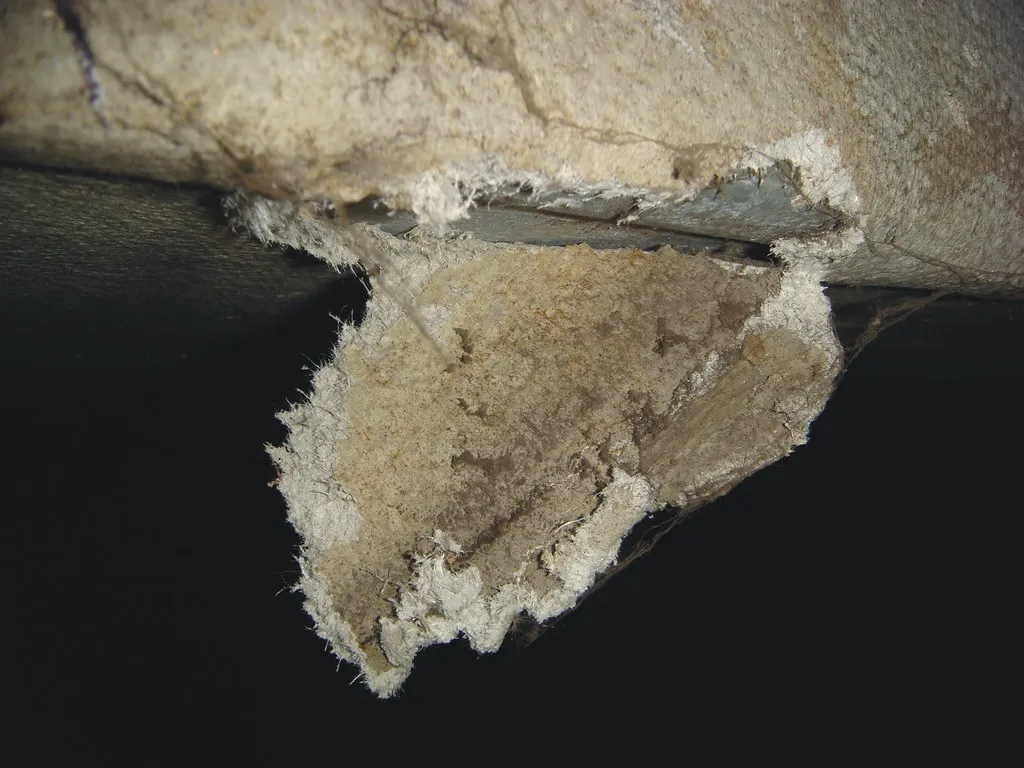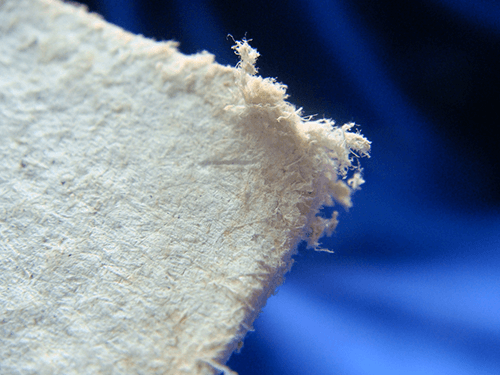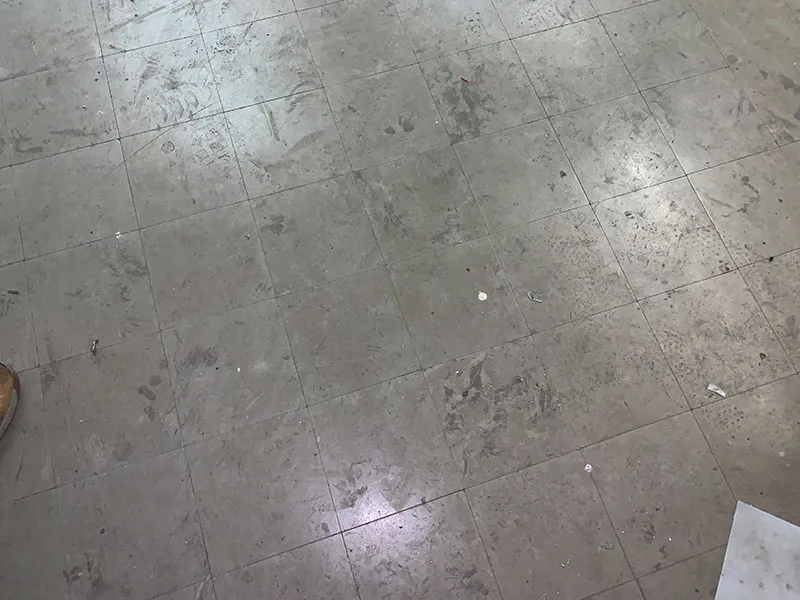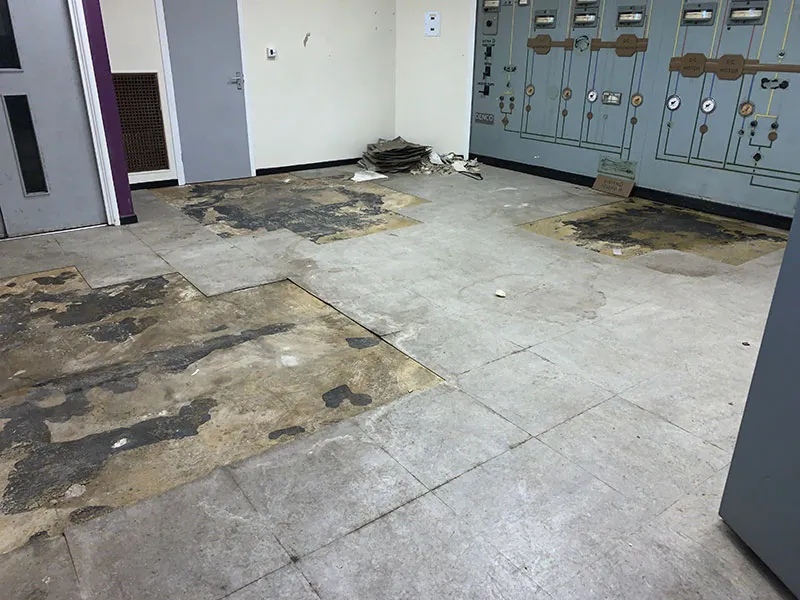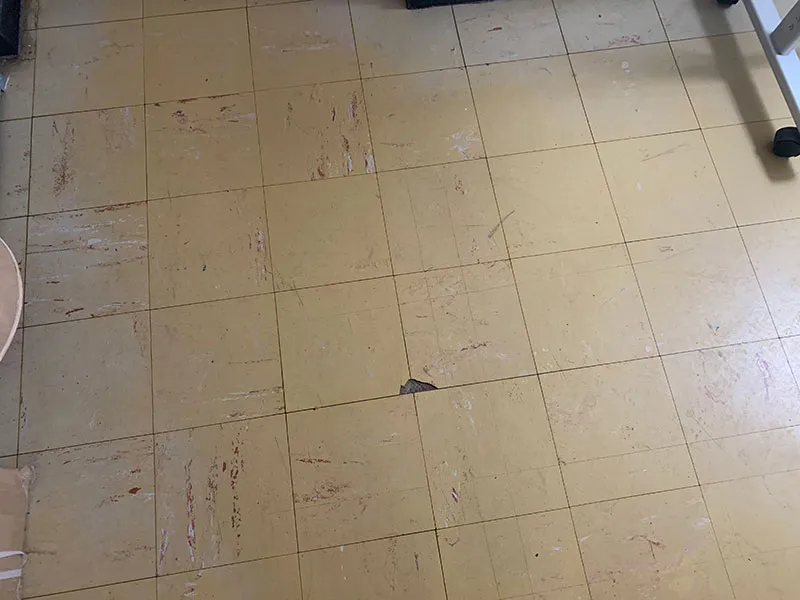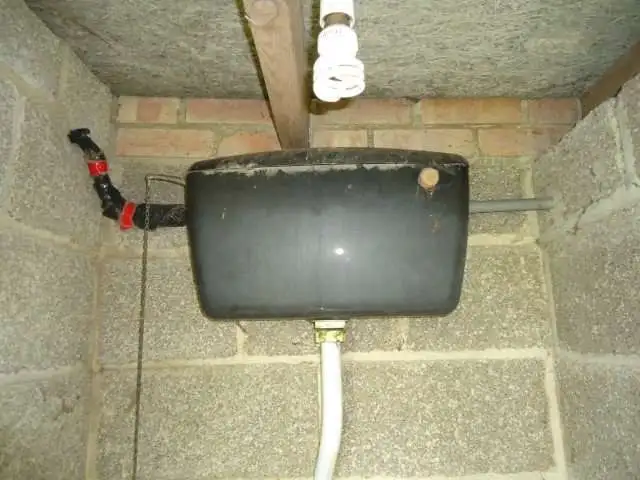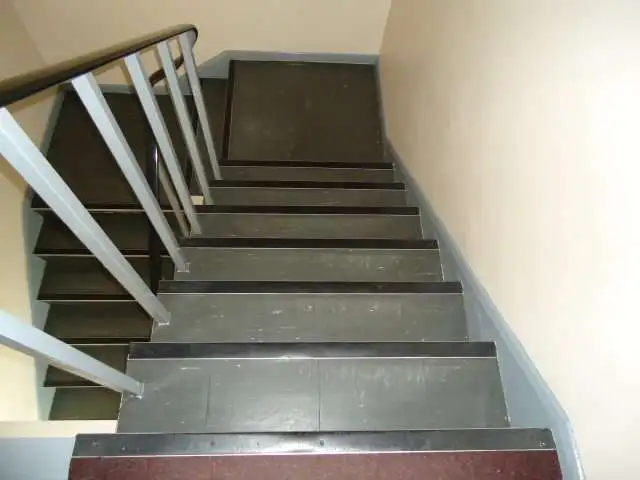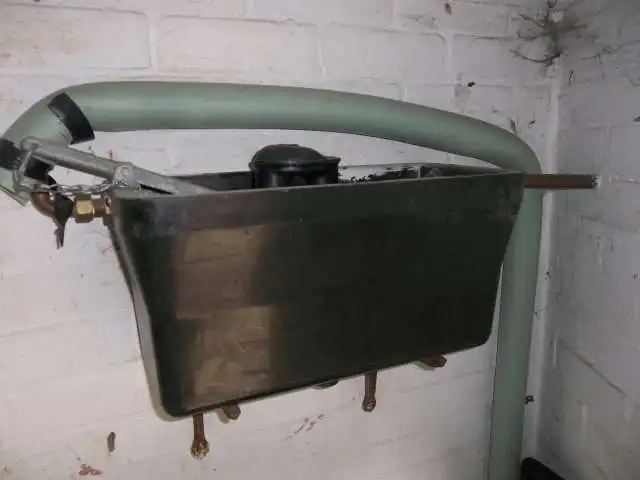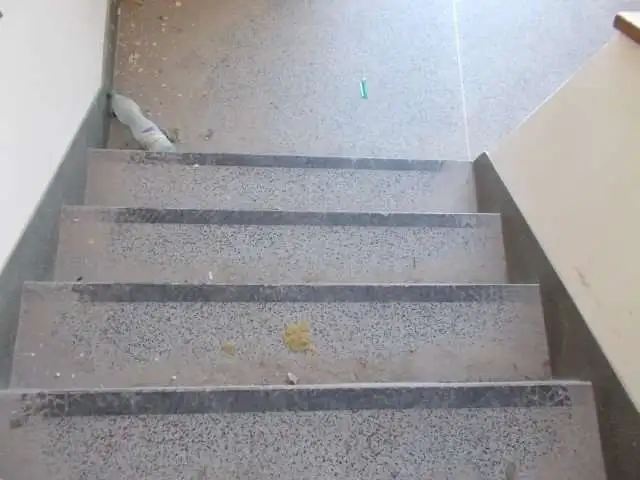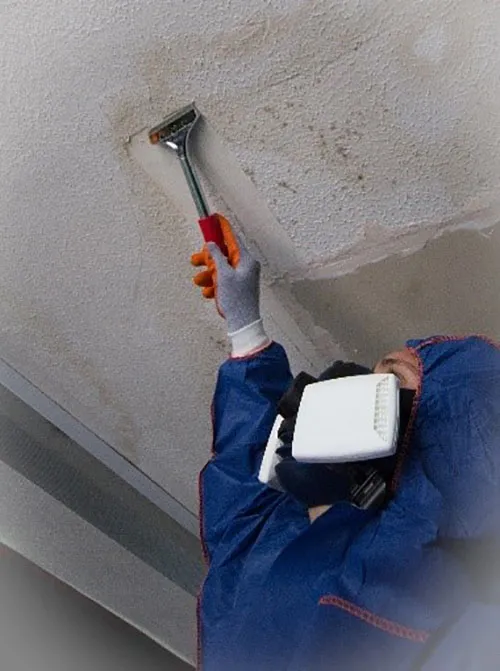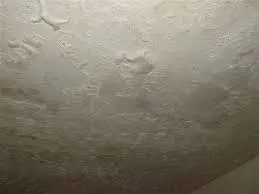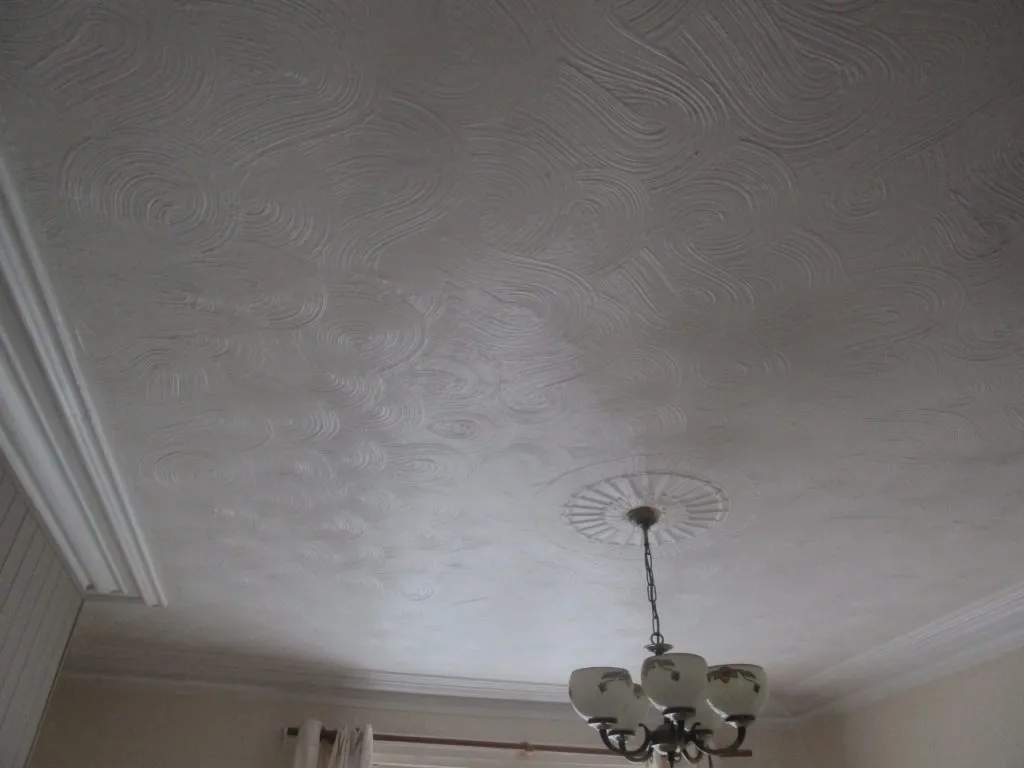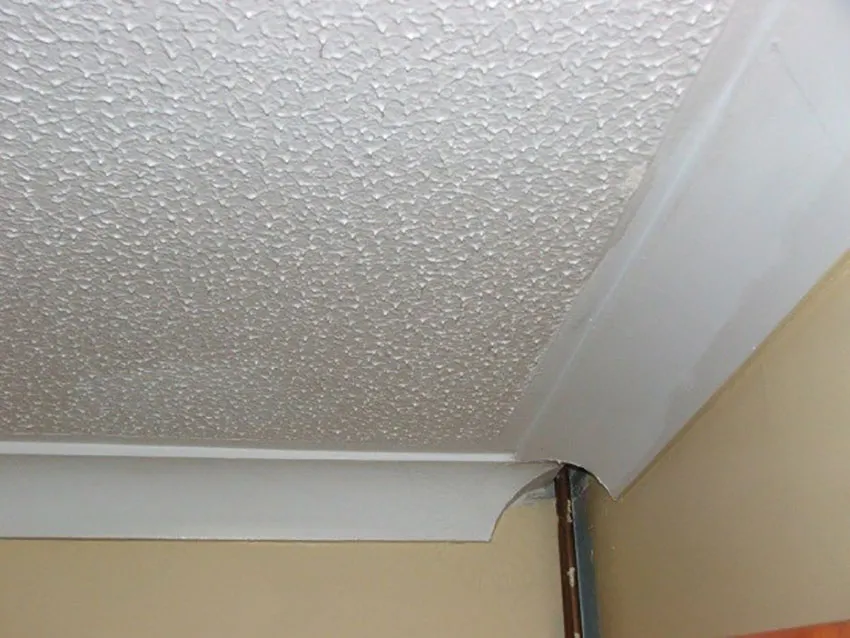Asbestos is a mineral that was once commonly used in building materials such as insulation, roofing shingles, and floor tiles. It is now known to cause serious health problems, including cancer, when disturbed and released into the air. If you are unsure whether or not the material in your home contains asbestos, it is important to learn how to identify it. This article will teach you what asbestos looks like and how to tell if it is present in your home.
What Does Asbestos Look Like?
There are more than 5000 items that are contaminated with asbestos. The purpose of this article is to provide a brief overview of the building and construction products that are contaminated with asbestos. In its natural form, asbestos ore can be found in various hues, including blue, green, white, and brown. When asbestos is processed, it splits into soft fibers.
Although asbestos found in household products can’t be readily identifiable just by looking at it, in some cases, you can spot asbestos fibers in damaged asbestos-containing products. Tiny asbestos fibers are usually found in household items if asbestos gets mixed into other substances like cement or plastic. When the materials are damaged, tiny asbestos fibers resembling fragile fraying fabric could appear. But, observing fibers sticking out from a product doesn’t necessarily mean it is asbestos-free. Only tests can prove whether asbestos exists.
We’ve looked at the most popular asbestos-based building and construction materials. There are numerous to mention. Each section gives an overview of the particular asbestos material and its properties. Then, we give you the primary characteristics to be aware of that can help you recognize the different types of asbestos. It is important to remember that it is possible to find asbestos in various forms, sizes, and finishes, and knowing how it appears is a huge topic. This brief overview of what asbestos looks like covers asbestos only in a good state. It is more difficult to be aware of what asbestos appears after it has been damaged and has tiny pieces or even debris. It requires an experienced surveyor to identify it.
If you are unsure whether asbestos exists anywhere, consult an experienced UKAS-certified (inspection body 4600) asbestos surveying firm for assistance. Remember, even though having information on asbestos can be helpful, it’s always the most secure option. Asbestos surveying and knowing the best places to look and the best way to identify asbestos is a highly skilled occupation. It’s a skill that requires many years of experience and training to learn.
1. Asbestos Boards
| Known as: | Insulating board (AIB), board, Asbestolux |
| Asbestos content: | 15 – 25% |
| Other main content: | Calcium silicate |
| Main asbestos type: | Amosite (Brown) asbestos |
| Asbestos fiber release potential: | Light & dark grey |
| Density: | Medium to soft |
| Damage potential: | Easy, high |
| Asbestos fibre release potential: | High |
| Timeline Manufacture & Usage: | 1880’s – 1980 |
Asbestos boards may differ in asbestos content. They have also been identified to contain different asbestos fiber kinds. They can be found in a variety of colors, including pink. These color variations are uncommon. It can be easily painted and can have an external color finish. The images below illustrate how asbestos boards typically appear, allowing you to recognize asbestos of this kind.
2. Asbestos Thermal Insulation
| Known as: | Insulation, pipe lagging, sectional, hand-applied, caposite |
| Asbestos content: | 6 – 85% |
| Other main content: | Magnesia & calcium silicate |
| Main asbestos type: | Chrysotile (White) asbestos, Amosite (Brown), Crocidolite (Blue) |
| Main colours: | White, brown, grey & pink |
| Density: | Very low & soft |
| Damage potential: | Easy, high |
| Asbestos fibre release potential: | High |
| Timeline Manufacture & Usage: | 1880s–1970s |
Asbestos thermal may differ with asbestos content. It is identified to contain all types of asbestos fibers. It comes in various shades and finishes and is a mixture of asbestos-based substances. These photos depict what asbestos thermal insulation typically appears.
3. Asbestos Sprayed Insulation
| Known as: | Sprayed insulation, coating, limpet |
| Asbestos content: | 55 – 85% |
| Other main content: | Portland cement |
| Main asbestos type: | Chrysotile (White) asbestos, Amosite (Brown), Crocidolite (Blue) |
| Asbestos fiber release potential: | White, brown, grey & pink |
| Density: | Medium & soft |
| Damage potential: | Very low & soft |
| Asbestos fibre release potential: | High |
| Timeline Manufacture & Usage: | 1880’s – 1974 |
Asbestos textiles vary in asbestos content and are identified to be a mixture of all types of asbestos fiber. These images illustrate how asbestos-containing textiles typically look.
Asbestos-sprayed insulation can differ in asbestos content and is known to contain all types of asbestos fiber. The product is available in many colors and finishes and is known to be a mixture of different asbestos-containing substances. These photos illustrate how asbestos-sprayed insulation looks.
4. Asbestos Textiles
| Known as: | Textiles, rope, gasket, yarn, string, blanket, cloth |
| Asbestos content: | Approaching 100% |
| Other main content: | Usually none |
| Main asbestos type: | Chrysotile (White) asbestos |
| Asbestos fiber release potential: | White |
| Density: | Medium & soft |
| Damage potential: | Easy, high |
| Asbestos fibre release potential: | Medium |
| Timeline Manufacture & Usage: | 1880’s – 2000 |
Asbestos textiles can vary with asbestos content and have been known to contain all asbestos fiber types. The following photographs show how asbestos textiles generally look.
5. Asbestos Gaskets & Washers
| Known as: | Main colors: |
| Asbestos content: | 90% |
| Other main content: | Heat resistant binders |
| Main asbestos type: | Chrysotile (White) asbestos |
| Asbestos fiber release potential: | Red, green, pink |
| Density: | Medium |
| Damage potential: | Medium |
| Asbestos fibre release potential: | Low |
| Timeline Manufacture & Usage: | 1880’s – 2000 |
Asbestos gaskets and washers come in various colors and finishes. The following photographs show how asbestos gaskets and washers generally look.
6. Asbestos Cement
| Known as: | Cement, sheeting, profiled sheeting, cladding, panels |
| Asbestos content: | 10 – 25% |
| Other main content: | Portland cement, cellulose |
| Main asbestos type: | Chrysotile (White) asbestos |
| Asbestos fiber release potential: | Light & dark grey |
| Density: | High |
| Damage potential: | Low |
| Asbestos fibre release potential: | Low |
| Timeline Manufacture & Usage: | 1880’s – 2000 |
Asbestos cement comes in many different finishes and products. The following photographs show how asbestos cement generally looks.
7. Asbestos Paper
| Known as: | Paper, lining, backing, cardboard |
| Asbestos content: | 100% |
| Other main content: | None |
| Main asbestos type: | Chrysotile (White) asbestos |
| Asbestos fiber release potential: | White, light brown |
| Density: | Low |
| Damage potential: | High |
| Asbestos fibre release potential: | Medium |
| Timeline Manufacture & Usage: | 1880’s – 2000 |
Asbestos paper comes in many different finishes and products. The following photographs show how asbestos paper generally looks.
8. Asbestos Vinyl
| Known as: | Vinyl, thermoplastic, floor tiles |
| Asbestos content: | 2 – 20% |
| Other main content: | Magnesium, PVC |
| Main asbestos type: | Chrysotile (White) asbestos |
| Asbestos fiber release potential: | Main colors: |
| Density: | Low |
| Damage potential: | Low |
| Asbestos fibre release potential: | Low |
| Timeline Manufacture & Usage: | 1880’s – 2000 |
Asbestos vinyl generally looks like linoleum and plastic floor tiles. The following photographs show how asbestos vinyl generally looks.
9. Asbestos Resin
| Known as: | Resin, bakelite, plastic |
| Asbestos content: | 1 – 10% |
| Other main content: | Plastic & bakelite |
| Main asbestos type: | Chrysotile (White) asbestos, Amosite (Brown) asbestos |
| All colors (Mainly black) | Asbestos fiber release potential: |
| Density: | Low |
| Damage potential: | Low |
| 1880s–1990s | Low |
| Timeline Manufacture & Usage: | 1880’s – 1990’s |
Asbestos resins are generally black and look similar to hard plastic. The following photographs show how asbestos resin generally looks.
10. Asbestos Decorative Coating
| Known as: | Textured coating, artex, pebblecoat |
| Asbestos content: | 3 – 5% |
| Other main content: | Plaster, grit |
| Main asbestos type: | Chrysotile (White) asbestos |
| All colors (Mainly white) | Asbestos fiber release potential: |
| Density: | Low |
| Damage potential: | Low |
| 1880s–1990s | Low |
| Timeline Manufacture & Usage: | 1880’s – 1990’s |
Asbestos-textured coatings generally look like textured paint finish. The following photographs show how asbestos-textured coatings generally look.
Common Exposure Scenarios
Exposure to Asbestos within your Home could occur in various ways, including DIY home renovations, drilling into the wall, or replacing an old pipe. The following scenarios outline how homeowners are exposed to Asbestos while at Home.
Attic Renovation
When he was renovating the attic of his 1960s-era Home, John found piles of brown pebble-like insulation. John determined to replace the old insulation with new fiberglass to cut winter months. He dumped the loose insulation into garbage bags and installed the new insulation.
John did not realize that his attic had been lined with vermiculite containing Asbestos. By causing damage to the material, it spreads asbestos fibers into the air. John would have been better off leaving the insulation in its place and testing it for Asbestos before removing it.
Dust from the Brake in the Garage at Home
Ralph is a fan of building his own 1965 Corvette Stingray. When the brakes began to whine, Ralph wanted to replace the brakes in his garage. After removing the rear tires, he noticed the brake drums were covered with dust. He hit the drums with a hammer before blowing off the dust using the help of an air compressor.
Because certain brake components contain Asbestos when sprayed with compressed air, they may release harmful fibers into the air. Ralph should have brought his vehicle to the repair shop or cleaned the drums of his brakes with a soft and oiled cloth.
Drilling into Asbestos in Drywall
Erica recently received a painting in the silent auction. She was eager to take it home and place it in her family room. She carefully measured her space and employed a drill to put in anchors for the drywall to hold the painting in the right place. The painting was not perfectly level, so she had to drill several holes to hang it perfectly.
She was unaware that her house was constructed using asbestos-rich drywall. Asbestos fibers were released into the living room when she cut holes in the walls to put up her artwork. Erica should have been aware of the Asbestos in her walls, but she let it go.
Removing Vinyl Floor Tiles
Herman recently bought a 1950s fixer-upper home in his town of residence. His first task was to renovate the bathroom in his master’s. He decided to begin by removing the vinyl floor tile. He removed the tile using a scraper and then laid his new floor tile.
Asbestos was an ingredient that was commonly used in vinyl flooring in the 1950s. Utilizing a scraper to remove the flooring from the past can let asbestos fibers out, which is dangerous. Herman should have put in the new tile on top of it.
Popcorn Ceiling Removal
Janine was getting tired of the texture of the popcorn on the ceilings of her Home and determined to remove it and then repaint it with smooth, even texture. After applying the eye shield and dust cover, she climbed up her ladder and set to work. Her work was complete after a lot of scraping, a few sandings, and some meticulous painting.
Various textured ceiling finishes, such as popcorn ceilings containing Asbestos hidden. The removal of the popcorn finish releases asbestos fibers in microscopic sizes that easily get through Janine’s mask. It was best to have employed a professional with experience in safely removing asbestos-related hazards.
While it’s the most secure alternative, hiring asbestos removal experts can be costly. But before taking down the entire popcorn surface, homeowners can scrape away the small amount and conduct home testing using a kit available at the store. Removing even a small amount to test requires safety, including the N95 respiratory protection for eyes.
Cutting Pipe Insulation
While repairing the basement in his late 1800s Victorian residence, Brent noticed the insulation around his hot water lines was beginning to degrade. To avoid losing energy efficiency, he removed the old insulation using the help of a knife and substituted it with the new insulation made of fiberglass.
Brent ought to have been aware that plumbing systems from the past are covered in asbestos insulation. The insulation could have exposed him to a risk of exposure before he began the work, but cutting through the damaged material let more fibers escape into the air. Brent ought to have sought an asbestos specialist to cover the asbestos insulation.





